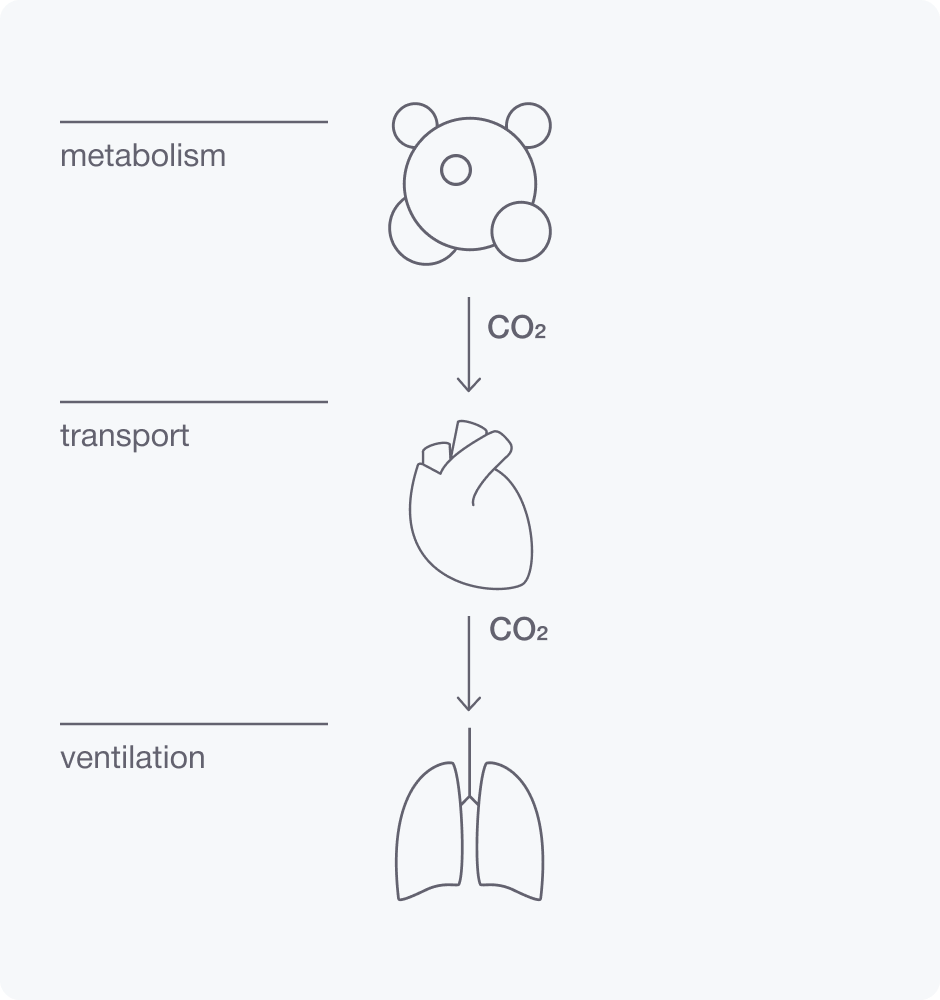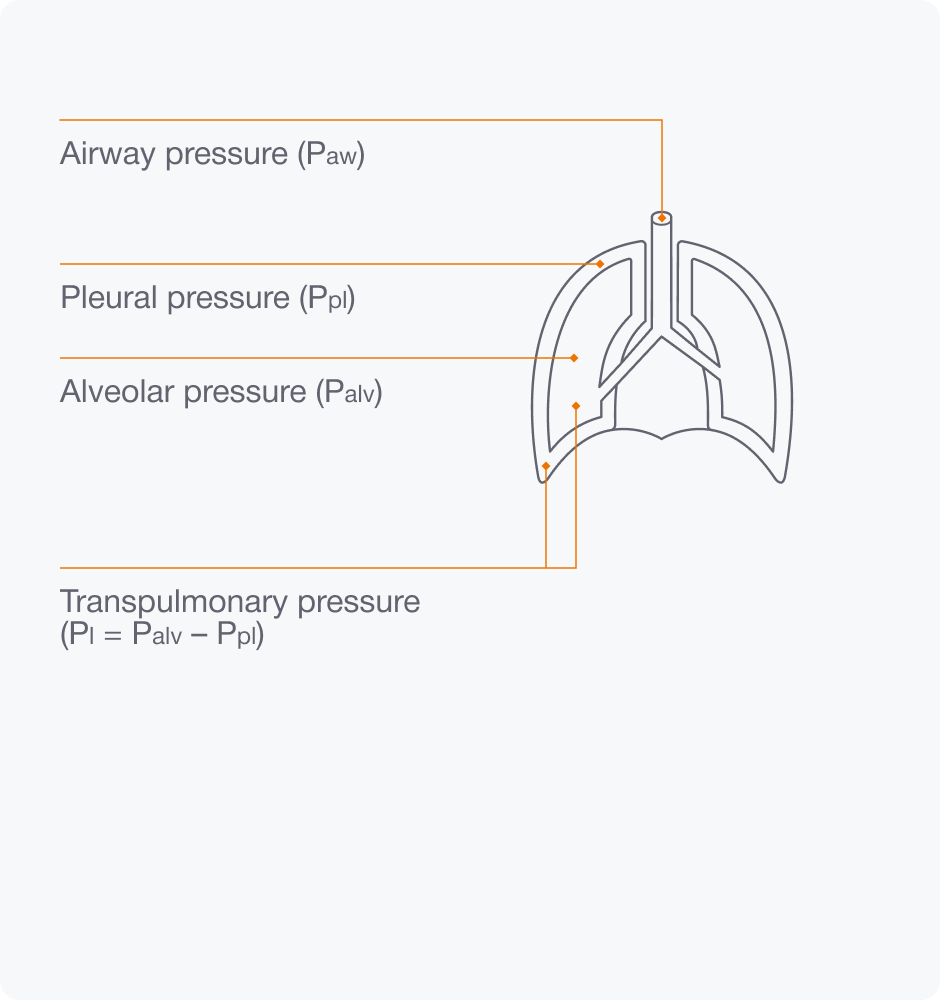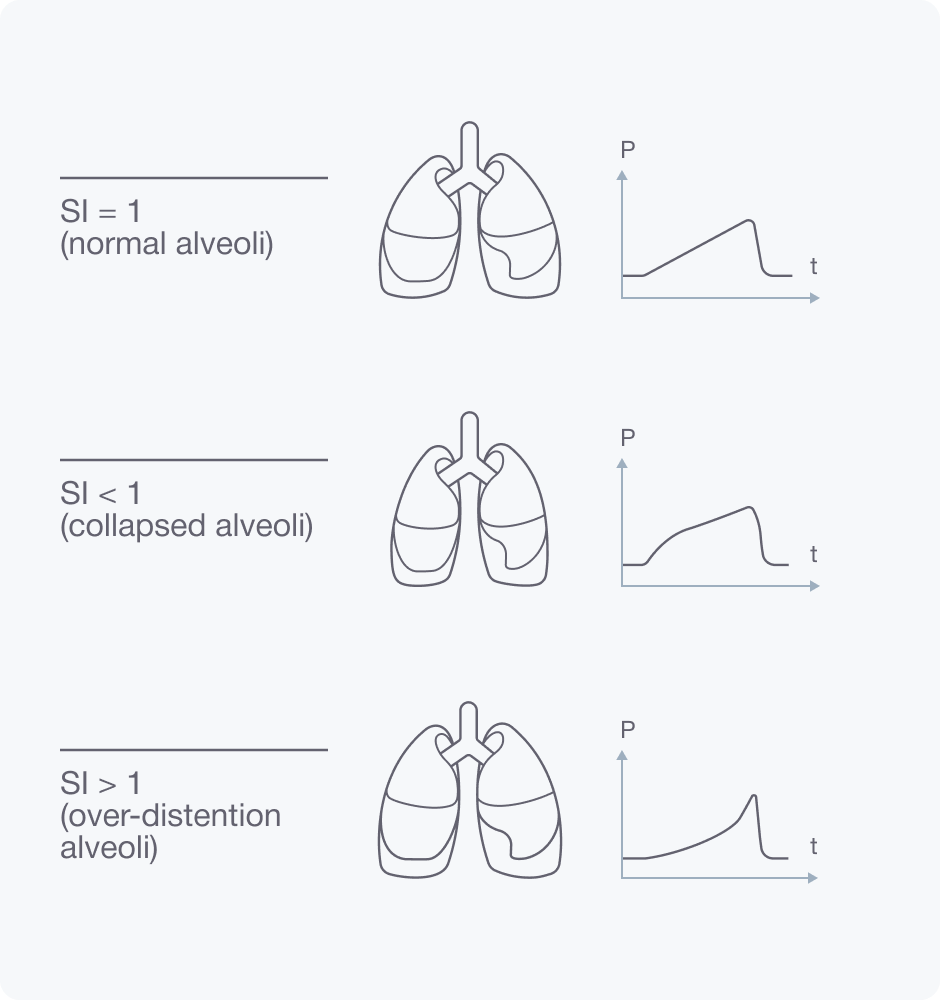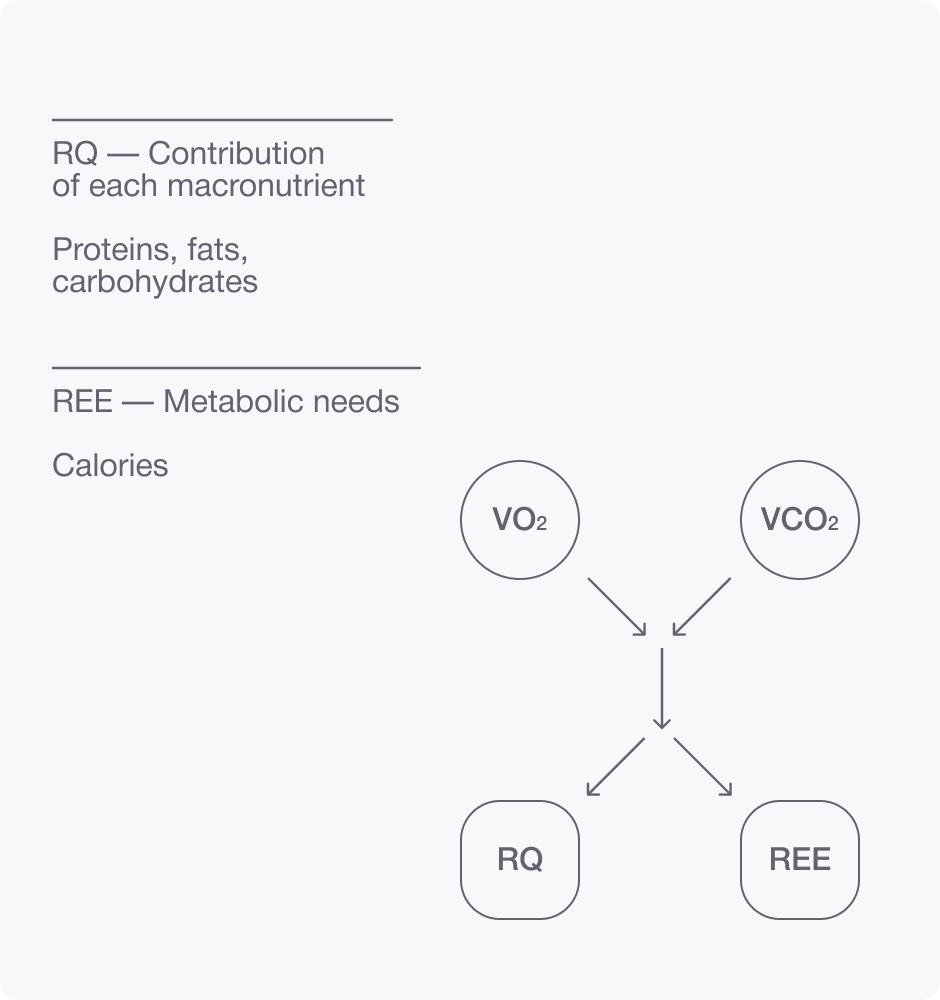Intensive Care Ventilator ZISLINE MV200
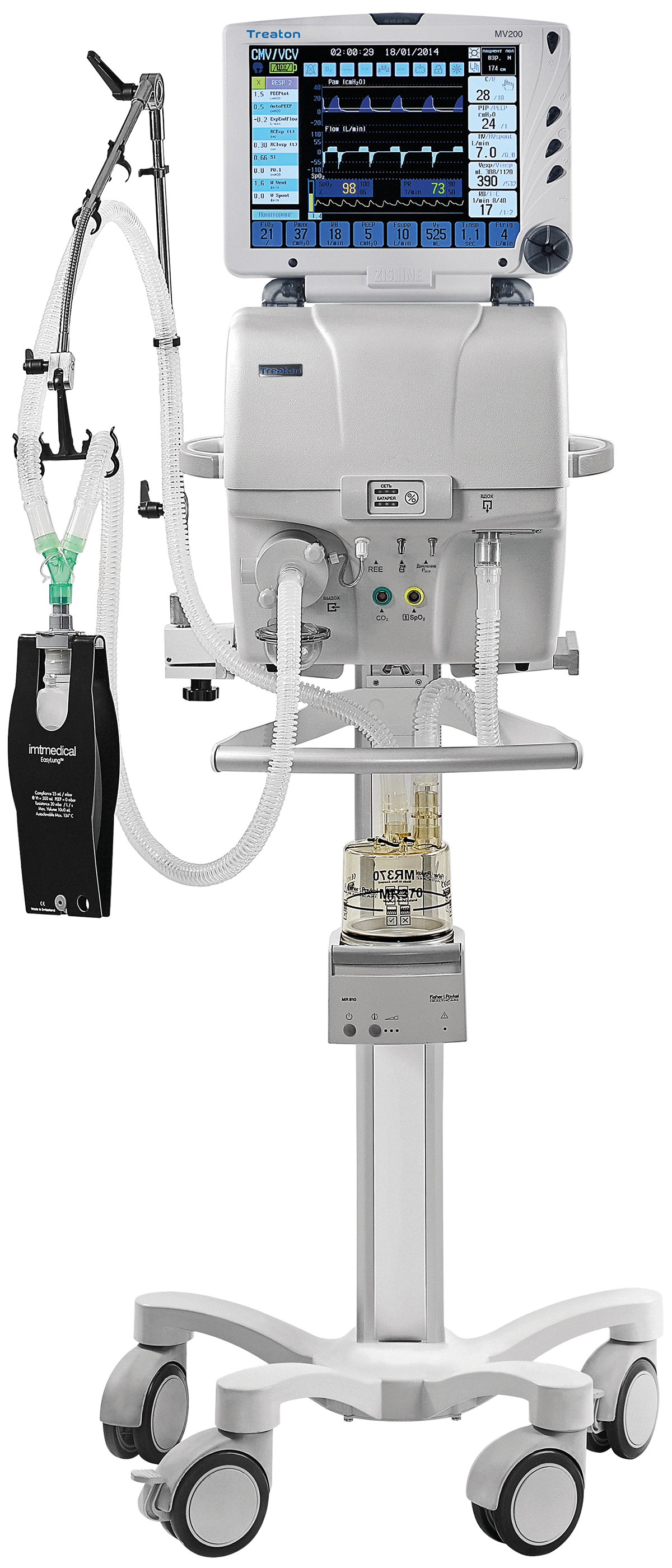
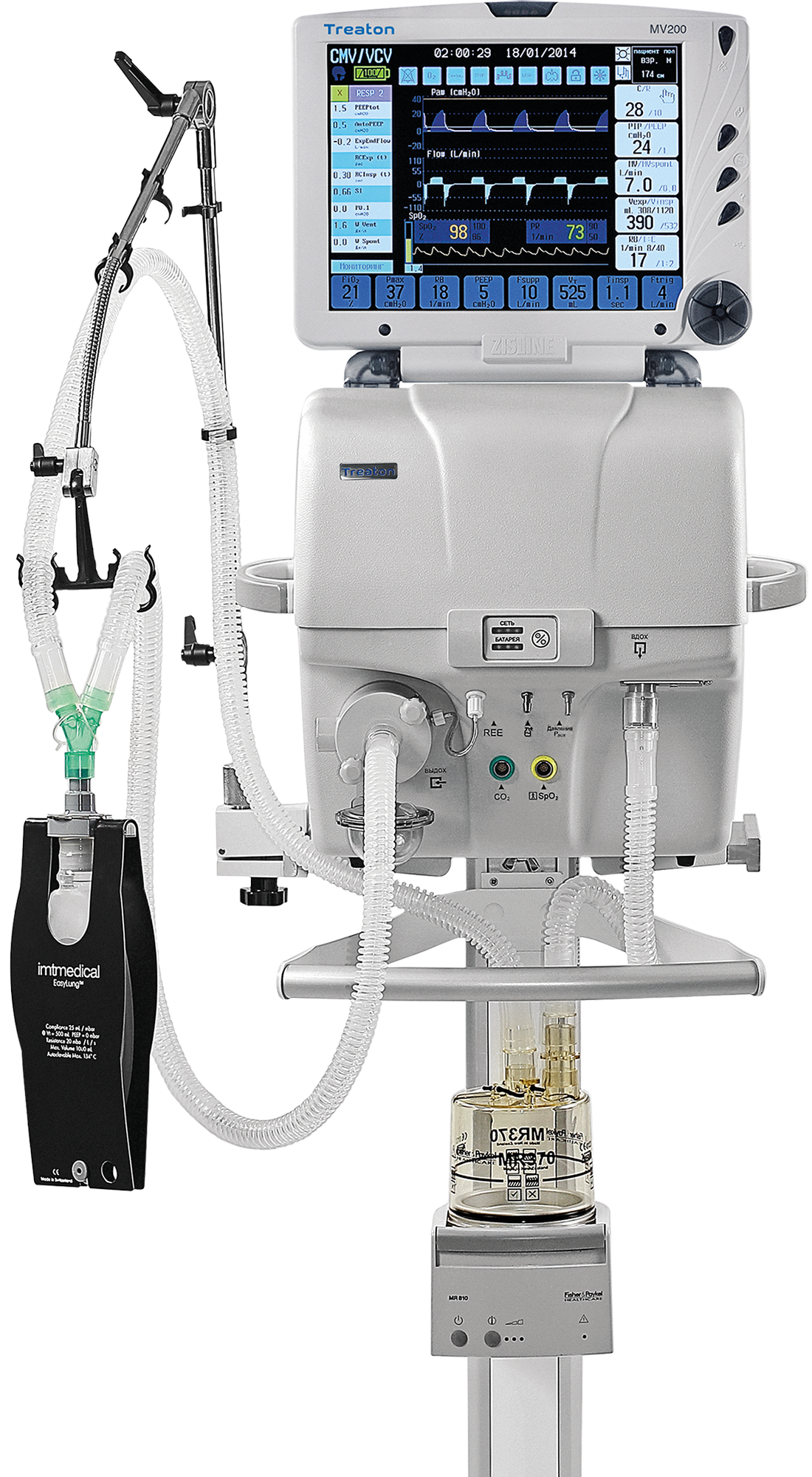
Volumetric CO₂
Evaluation of patients metabolic needs
Auxiliary pressure
SpO2
Respiratory mechanics
Cardiac output by Fick method
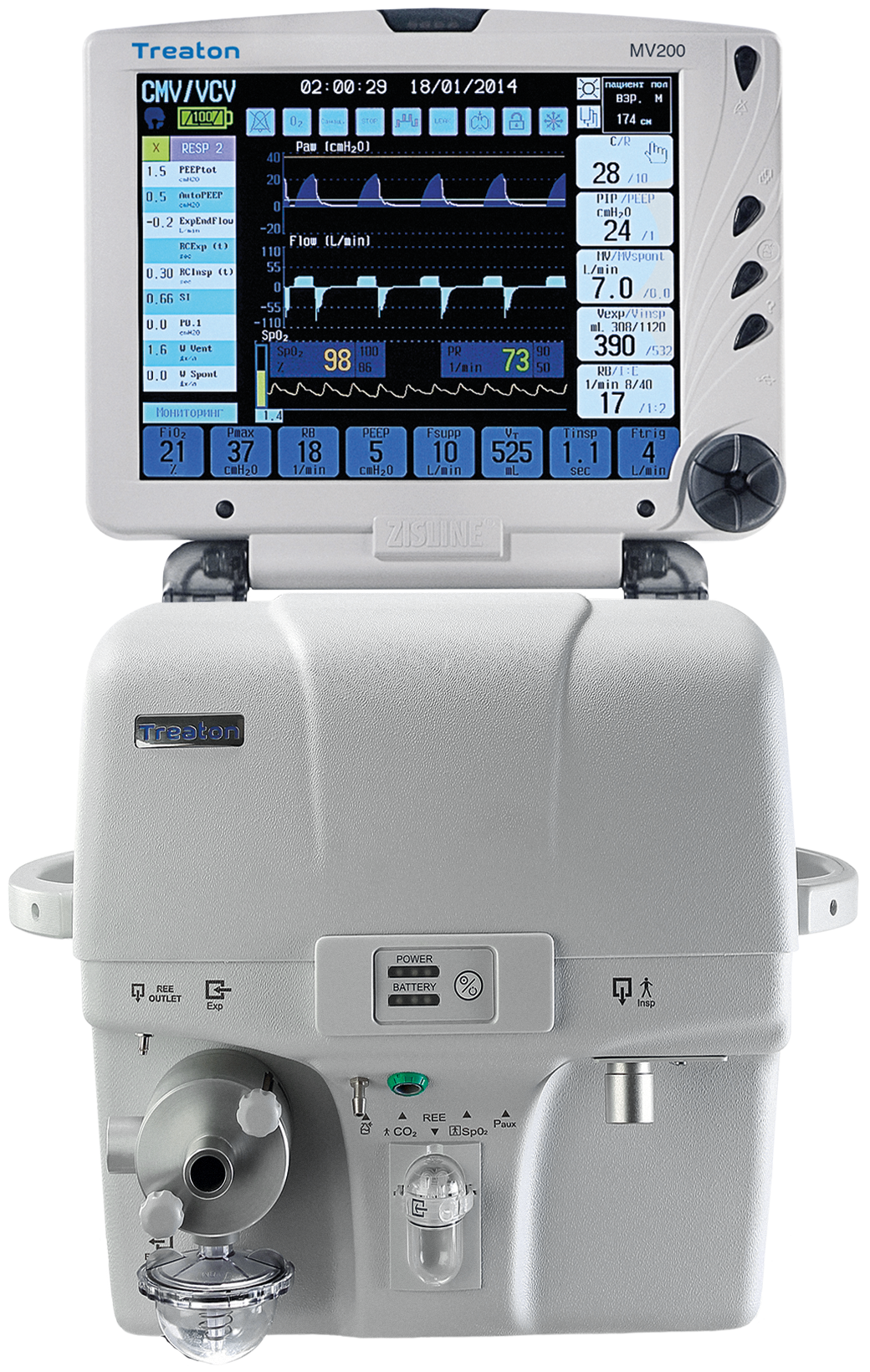
Modes of spontaneous breathing
Non-invasive ventilation modes
Intelligent ventilation
Ventilation Parameters
| Tidal volume |
10–3000 ml |
| Minute volume |
0–60 lpm |
| Rate of breathing |
0–120 lpm |
| Inspiratory pressure |
0–100 H₂O (mbar) |
| Flow trigger |
0.5–20 lpm |
| Pressure trigger |
0.5–20 cm H₂O (mbar) |
| I:E ratio |
1:99–60:1 |
| Positive end-expiratory pressure |
0–50 cm H₂O (mbar) |
Technical Specifications
| Power |
100–250 V, 50/60 Hz |
| Input oxygen pressure |
0.15–0.6 MPa (1.5–6 bar). It is allowed to use low-pressure oxygen sources with operating pressure range: 0.05–0.15 MPa (0.5–1.5 bar) |
| Alarms |
Visual and sound alarm |
| Interfaces |
Ethernet for connection to PC, USB |
| Maximum (peak) flow on inspiration |
180 lpm |
ALL-IN-ONE VENTILATOR

- 01 /
- 02 /
- 03 /
- 04 /
Documents and manuals
Have some questions? Write us and we answer you
Partner Registration is available for our Distributors and allow you to download our latest Technical Data Sheets, User Manuals, Service Manuals, Certificates and Marketing Materials.
Registration is an easy process. Please click the 'Register' button to begin, fill in the form, and you will be contacted by our International Sales Team within a couple of working days about your registration, User ID and password.
If you are having problems filling out this form, send us an email: info@treat-on.com for assistance.
